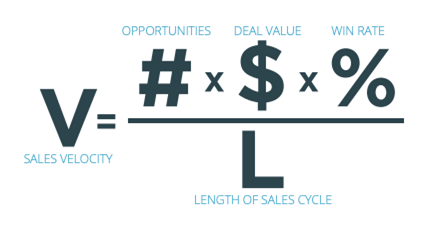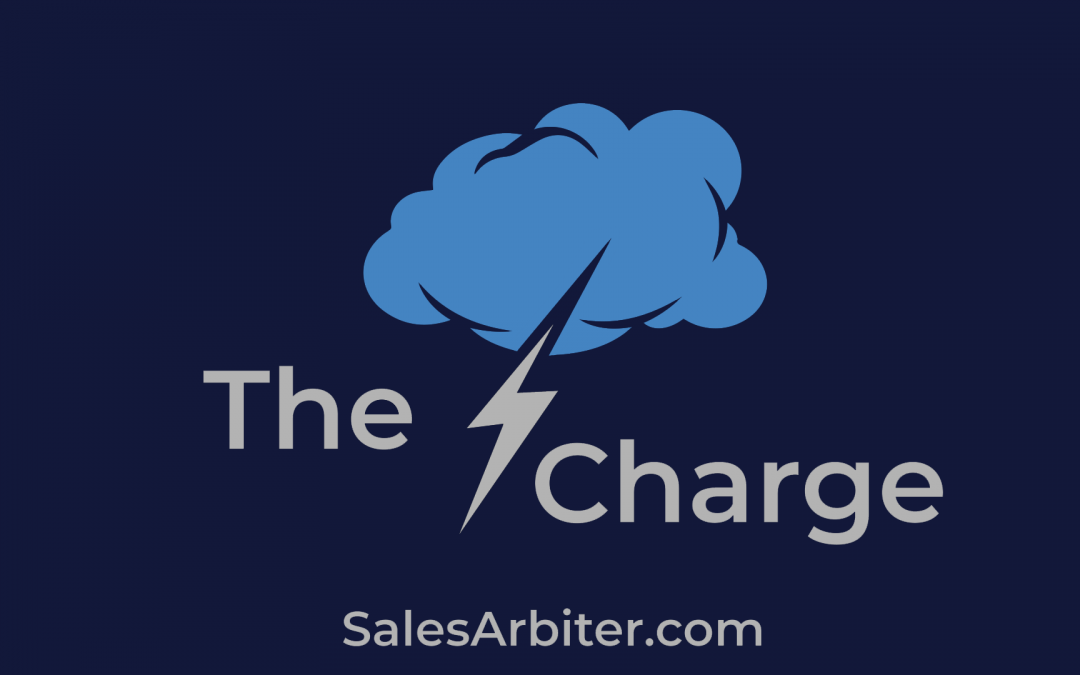In the digital age where we have CRMs and online tools to measure and keep track of everything, our problem usually isn’t having enough data; it’s having too much. There’s an endless list of metrics and reports you can generate, and with all of those numbers, it can get confusing trying to figure out exactly how your sales team is performing. To make things more clear, you need to narrow your focus to a few KPIs, or what we at Sales Arbiter call KBIs (Key Behavioral Indicators). Here are the 5 sales metrics you should be measuring and using to evaluate your team.
1. Monthly Number of New Leads
Tracking your number of new leads every month is like keeping a canary in a coal mine. If this number starts declining, you need to take action quickly because your source of revenue and eventual profitability are at risk. You can investigate the source of the issue and make the needed corrections.
2. Conversion Rate
Knowing your conversion rate helps you understand how many new leads you need in order to make your sales goals. If you get approximately 200 new leads a month and close 25 deals, your conversion rate is 12.5%. Having your monthly number of new leads and your conversion rate, you should be able to make decent sales projections. Additionally, your conversion rate can tell you how effective your sales team is at closing deals, and seeing it rise will show they’re making improvements in the ways they sell.
3. Retention Rate
Keeping a current customer always costs less time and money than acquiring a new one, and this is why customer satisfaction and retention are so important. A healthy business retains a minimum 60% of its customers; Starbucks’ retention rate is 75%. Asking customers why they leave or go to a competitor is key in understanding how your retention rate could be higher. If customers aren’t getting what they were promised, the problem might be your sales team; there could also be an issue with customer service after the sale or the product itself.
4. Average Deal Size
Once you know your average deal size, you can evaluate whether your sales team is working efficiently. (Calculate your average by dividing your total number of deals by the total dollar amount of those deals.) Are they spending too much time on smaller deals? Are they thinking strategically enough? Or, could they be qualifying their leads more effectively? Keep an eye out for salespeople who have averages well below the team average; it may mean they’re aiming for low-hanging fruit and need to take more risks.
5. Pipeline Velocity
If you could only keep track of one metric, this would be it. Calculating it is a little tricky and the desired number is different for everyone; you have to identify a benchmark number to judge your own pipeline. When you multiply the number of opportunities in your pipeline by your average deal size and your conversion, and then divide that number by the average length of your sales cycle, you get your sales velocity. The sales velocity is the average amount of revenue you have coming through your pipeline every day.

Developing your sales team will improve your number of new leads, conversion and retention rates, and your pipeline velocity. Contact us, and Sales Arbiter will maximize your team’s potential and have you on your way to tripling your revenue.








